Why Pros Ride Handmade Tires
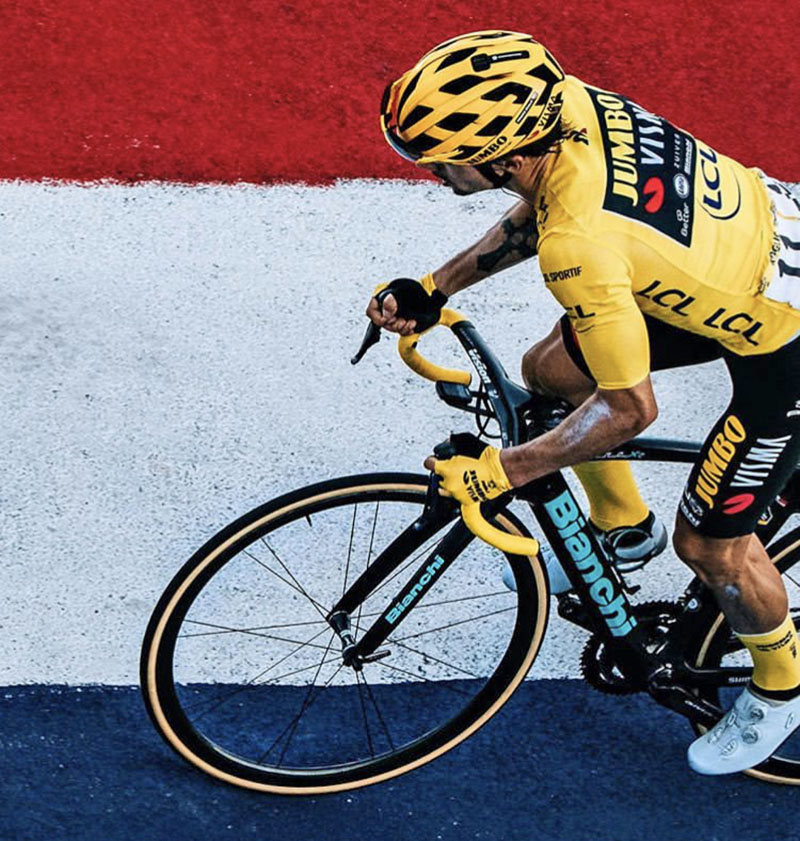
In France, the Tour is one of the rituals of summer. I can’t count how many times during my research I’ve interviewed somebody while the colorful images were playing on TV in the background. Racers, randonneurs, cyclotourists – all enjoy the grand landscapes, the beautiful form of the riders, the drama of the mountains… It doesn’t mean that everybody glorifies the racers, but all admire their skill and courage. It’s encouraging that despite all the challenges the world is facing, the Tour is happening after all.
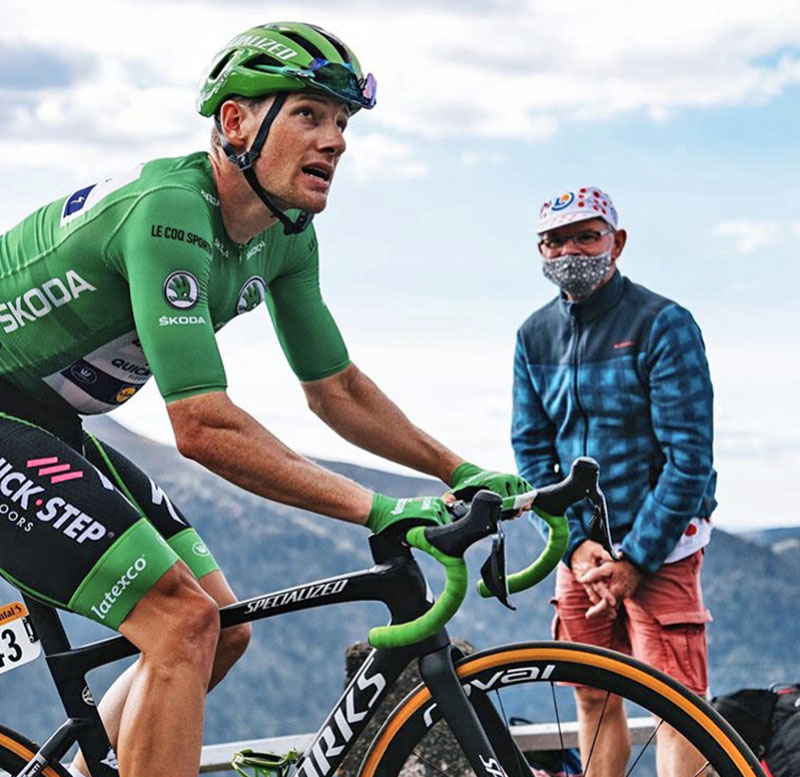
Much in professional racing has changed over the decades, but one thing has remained the same: Almost all pros race on hand-made tires. In fact, the beautiful tubular tires that FMB makes today aren’t much different from the tires that Fausto Coppi rode over gravel mountain passes more than half a century ago. According to François Marie of FMB: “Today’s tread rubber is a bit grippier today, but the casings haven’t changed much at all.”
Why are tires so important, when we all know that, at high speeds, most of the resistance is aerodynamic?
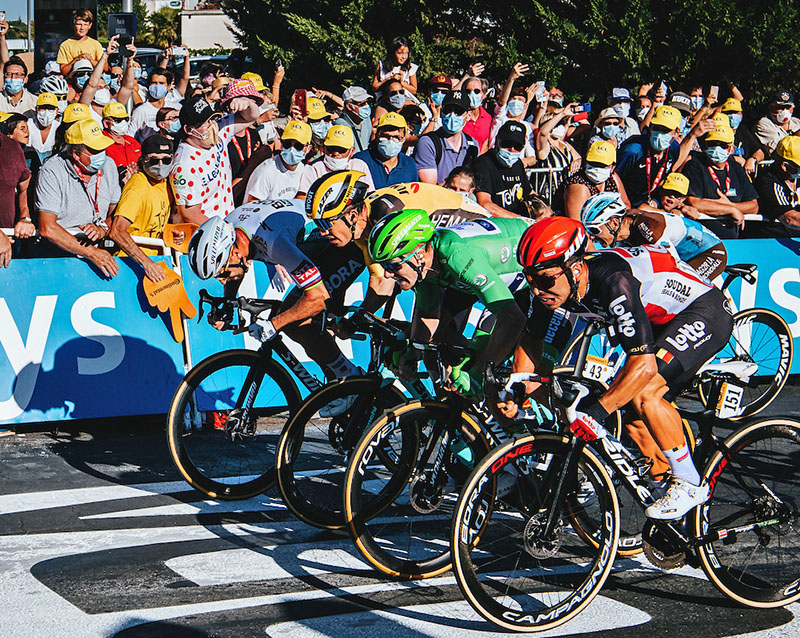
When a few centimeters make the difference between winning and not even being on the podium, every smallest advantage counts.

Even on the famous climbs, supple tires make a measurable difference. On a 5% uphill, switching from a good mass-produced tire to a handmade one is about the same as taking 1 kg (2.2 lb) off your bike.
How did we come to that conclusion? We input the known values for aerodynamics, weight and rolling resistance into www.analyticcycling.com. This shows that a) tires make a large difference in performance, and b) weight isn’t quite as important as we tend to think.
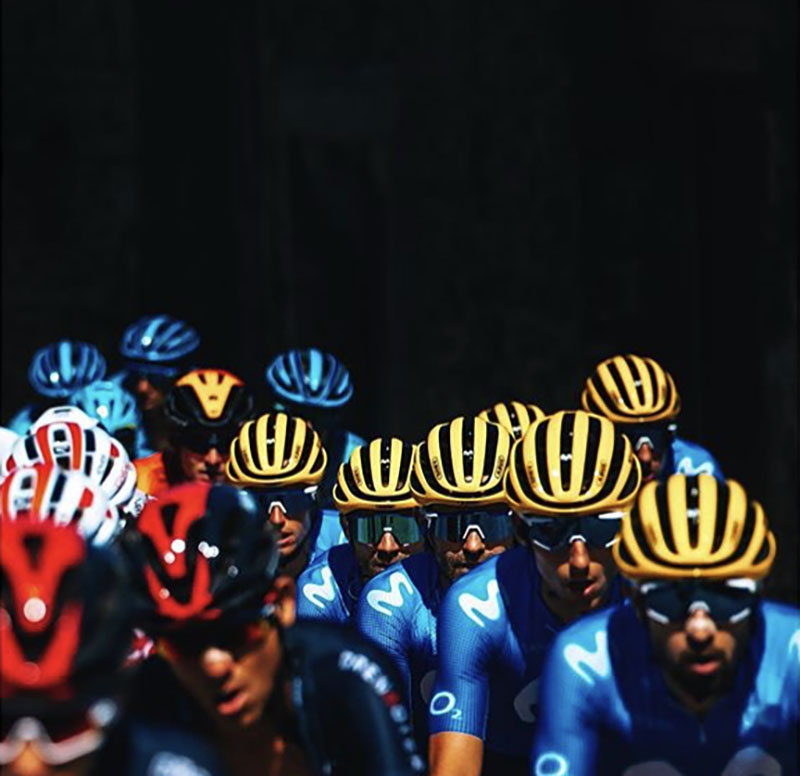
Probably the biggest reason why pro racers use handmade tires is simple: In the peloton, wind resistance is much-reduced, and rolling resistance becomes the main resistance. If you’re working harder than the others while just riding along, you won’t have much left when an attack goes up the road or the course climbs a mountain pass.
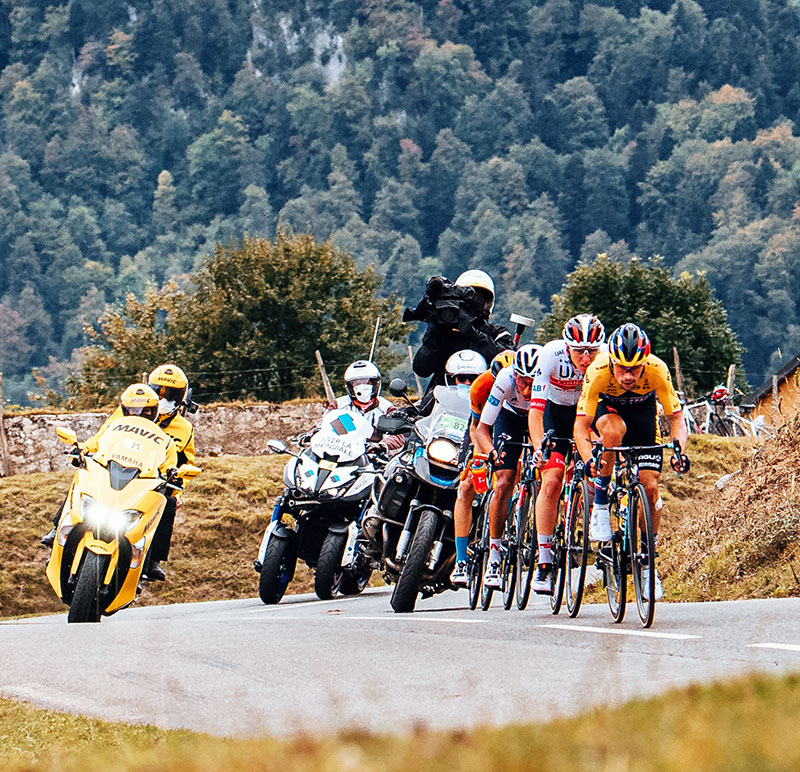
This is even more important in a breakaway: Between pulls at the front, riders need to rest their legs while they are sheltered from the wind. When wind resistance is cut by half, the difference between merely fast and ultra-fast tires is very noticeable.
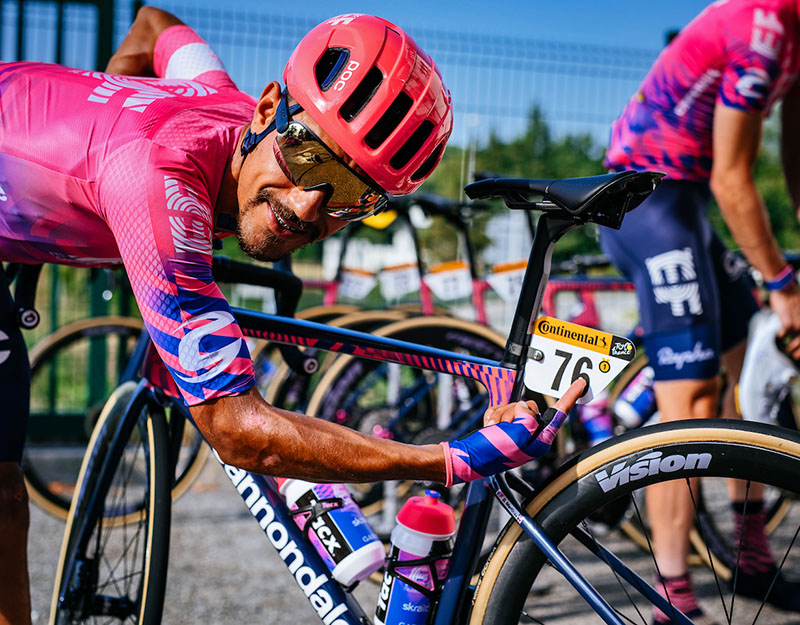
Why do most pros use tubular tires, when the rest of the cycling world has moved to clinchers long ago. There are many reasons, like the ability to ride on a flat tire if necessary. Even from a performance point of view, tubular tires make sense for pro racers. A tubular isn’t constrained by the rim sidewalls, so it can flex more. This means that a 25 mm tubular gives you the shock absorption and grip of a 28 mm clincher – useful when you’re descending mountain passes at speed.
For the rest of us, running clinchers that are a bit wider gets the same result. But when a few centimeters in a sprint can win or lose a stage, when a few seconds on an hour-long climb can make the difference between making it over the top with the peloton or getting dropped, the lighter weight of a 25 mm tubular over a 28 mm clincher are worth the hassle of gluing tires.
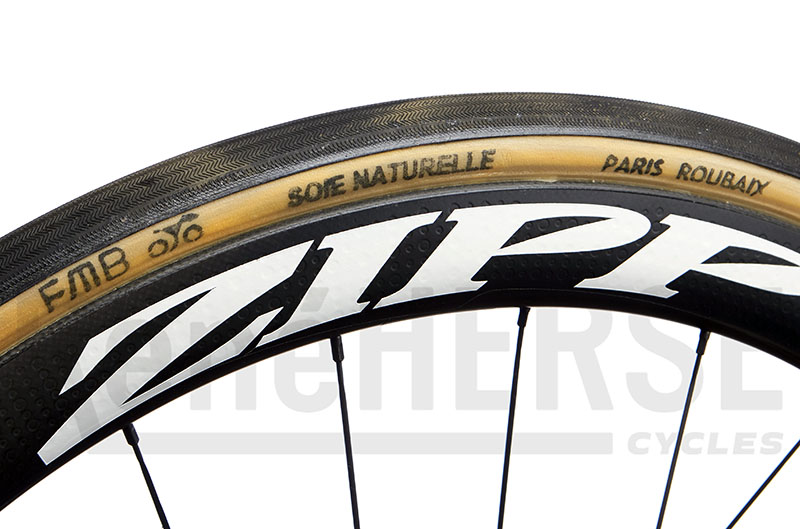
And besides that, there is a unique ride quality to the best tubulars – which is why we’re importing the same hand-made FMB tubulars that many of the pros ride. Tubular or clincher – what matters most is a supple casing that rolls fast and gives superior comfort and traction.
Photos: Jered Gruber (race photos; used with permission).


